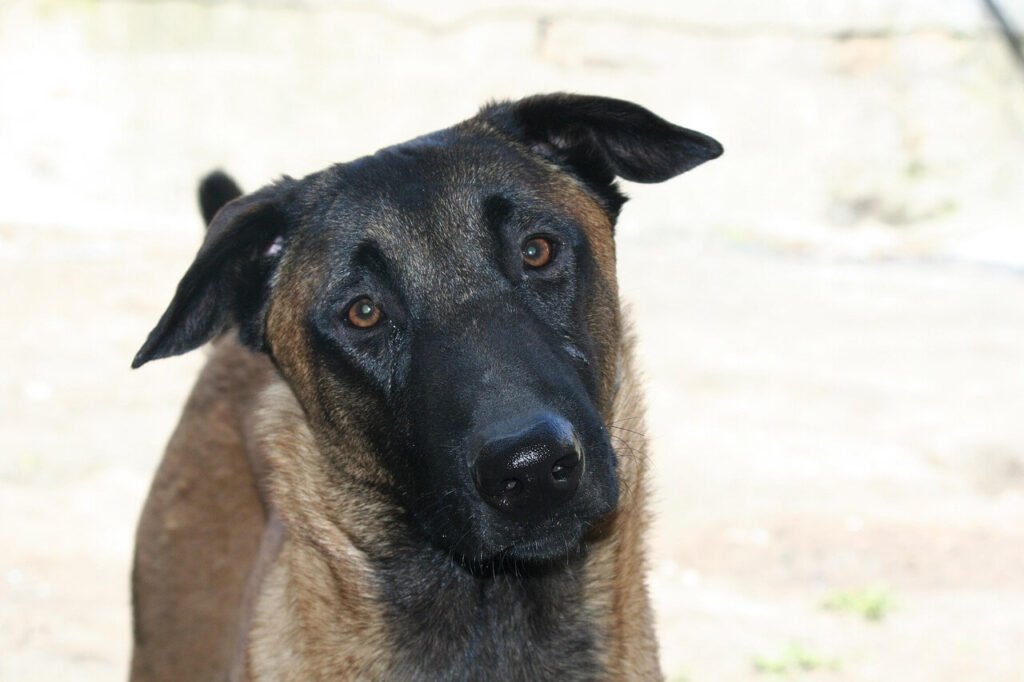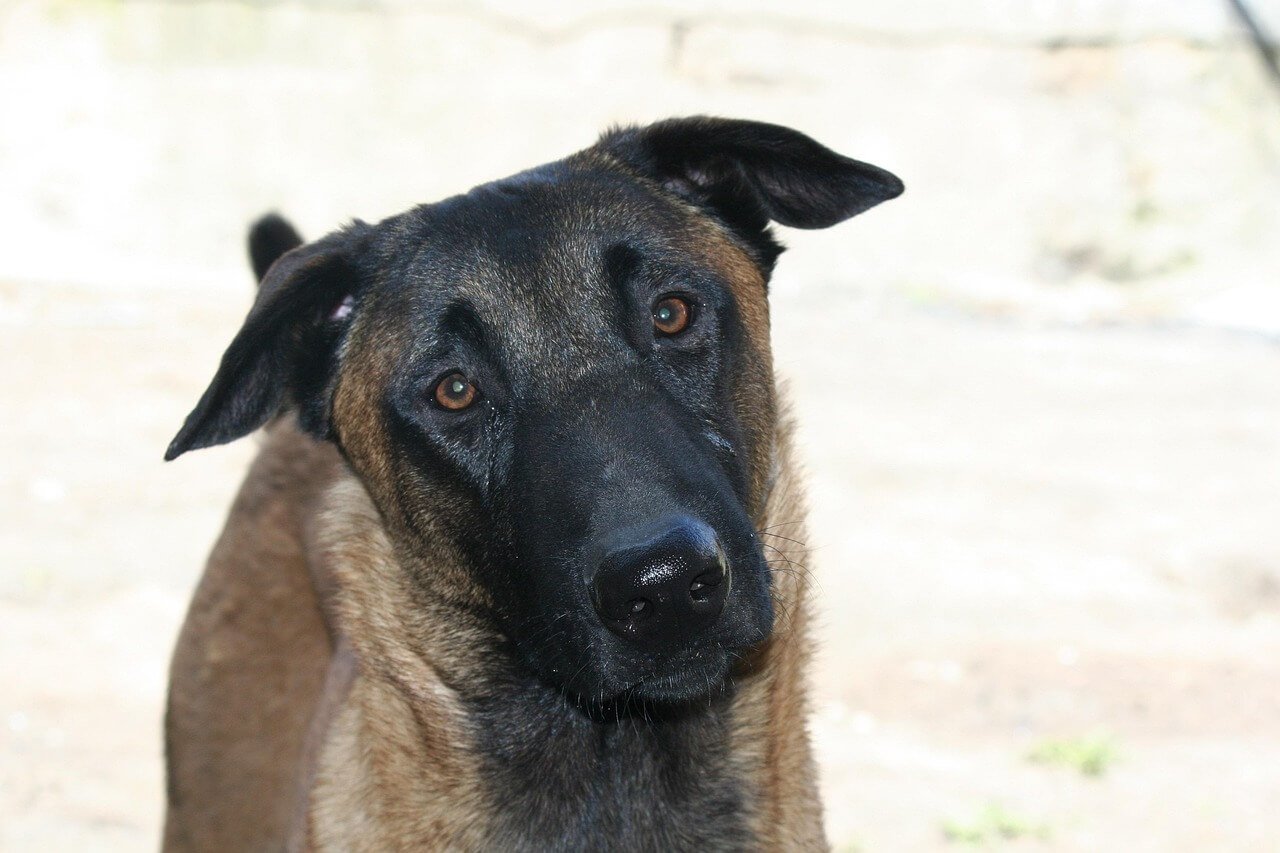Dog Stitches Open but Not Bleeding? Best 7 Health Tips!
As a dog owner, few things are as alarming as noticing your furry friend’s stitches have opened. While it might seem like an emergency, the absence of bleeding can offer some relief. However, this situation still requires careful attention and action. Whether your dog recently underwent surgery or had stitches for an injury, understanding how to respond appropriately is crucial for their recovery. In this blog post, we’ll guide you through what to do if your dog’s stitches open but aren’t bleeding, offering practical advice and peace of mind.
Signs That Indicate Your Dog’s Stitches Have Opened
If you suspect your dog’s stitches have opened, it’s important to confirm the issue before taking further steps. Here are some common signs to look out for:
Visible gap in the wound: Check the area where the stitches were placed. A noticeable opening in the skin may indicate that the sutures have come undone.
Loose threads or missing sutures: If you notice threads hanging loosely or completely missing, it could mean the stitches have been compromised.
Swelling or redness around the area: Inflammation near the wound site might suggest that the stitches are no longer holding the skin together properly.
Your dog excessively licking or chewing the area: Dogs often lick wounds out of instinct, but excessive licking can lead to opened stitches.
Unusual behavior or discomfort: If your dog seems unusually restless, whiny, or avoids certain movements, it could be due to irritation from the opened stitches.
By recognizing these signs, you can quickly assess whether your dog’s stitches have opened. Early detection is key to preventing complications and ensuring a smooth healing process.
Immediate Steps to Take When Stitches Open
Once you’ve confirmed that your dog’s stitches have opened, it’s essential to act promptly. Here’s a step-by-step guide on what to do next:
Stay calm and assess the situation: Panic won’t help your dog. Take a deep breath and carefully examine the wound to determine its severity.
Prevent your dog from licking or chewing the area: Use an Elizabethan collar (cone) or inflatable collar to stop your dog from aggravating the wound further.
Clean the area gently: If there’s no active bleeding, use a clean cloth or cotton ball soaked in warm water to gently wipe away any dirt or debris around the wound. Avoid using harsh chemicals.
Cover the wound temporarily: Use a sterile gauze pad or clean cloth to cover the area. Secure it loosely with a bandage to protect the wound until you can consult a vet.
Contact your veterinarian immediately: Even if the wound isn’t bleeding, professional evaluation is necessary to ensure proper healing and prevent infection.
Taking these immediate steps can make a significant difference in your dog’s recovery. Remember, your vet is your best resource for advice tailored to your pet’s specific needs.
Check this guide 👉Top 5 Best Dog Recovery Suits for Accelerated Healing!

What to Do | What to Avoid |
|---|---|
Stay calm and assess the wound | Panicking and making hasty decisions |
Use an Elizabethan collar to prevent licking | Allowing your dog to chew or scratch the area |
Gently clean the wound with warm water | Applying harsh chemicals or alcohol to the wound |
Cover the area with sterile gauze | Using tight bandages that restrict blood flow |
Contact your veterinarian promptly | Delaying professional care or ignoring the issue |
How to Prevent Stitches from Opening
Prevention is always better than cure, especially when it comes to your dog’s health. Here are some tips to minimize the risk of stitches opening:
Monitor your dog closely after surgery: Keep an eye on your dog during the initial recovery period to ensure they don’t engage in activities that strain the wound.
Limit physical activity: Restrict running, jumping, or playing until your vet gives the all-clear. Excessive movement can put stress on the stitches.
Use protective gear: Consider using an Elizabethan collar or specialized clothing to shield the wound from your dog’s teeth or paws.
Keep the wound clean and dry: Regularly check the area and follow your vet’s instructions for cleaning and maintaining the wound.
Schedule follow-up appointments: Regular check-ups with your vet can help detect potential issues early and ensure proper healing.
By implementing these preventive measures, you can reduce the likelihood of your dog’s stitches opening and promote a faster recovery.
Common Causes of Opened Stitches in Dogs
Understanding why stitches might open can help you take proactive steps to avoid complications. Here are some common causes:
Excessive licking or chewing: Dogs naturally lick wounds, but persistent licking can weaken the sutures and cause them to open.
Physical activity: High-energy activities like running or jumping can strain the stitches, especially if your dog hasn’t fully healed.
Poor wound care: Neglecting to clean or protect the wound increases the risk of infection, which can compromise the integrity of the stitches.
Allergic reactions or irritation: Some dogs may react to the suture material, leading to inflammation and loosening of the stitches.
Underlying health conditions: Conditions like diabetes or weakened immune systems can slow healing and increase the likelihood of complications.
Identifying the root cause of opened stitches can help you address the issue effectively and prevent it from happening again.
Signs of Infection to Watch For
Even if your dog’s stitches have opened but aren’t bleeding, the risk of infection remains high. It’s crucial to monitor the wound closely for any signs of complications. Here are some red flags that indicate an infection might be developing:
Swelling around the wound: Noticeable puffiness or inflammation can signal an underlying infection.
Discharge or pus: Any unusual fluid, especially if it’s yellow, green, or foul-smelling, is a cause for concern.
Warmth or heat in the area: If the skin feels unusually warm to the touch, it could mean an infection is present.
Redness spreading outward: Look for red streaks radiating from the wound, as this may indicate a more serious issue.
Fever or lethargy: A change in your dog’s energy levels or behavior can be a systemic sign of infection.
By staying vigilant and recognizing these symptoms early, you can seek veterinary care before the infection worsens. Early intervention is key to ensuring your dog’s speedy recovery.
How to Keep Your Dog Comfortable During Recovery
Recovery from surgery or injury isn’t just about physical healing—it’s also about keeping your dog comfortable and stress-free. A calm environment can promote faster healing and reduce the likelihood of complications. Here are some ways to ensure your dog feels safe and relaxed:
Create a quiet space: Set up a cozy area away from loud noises or high-traffic zones where your dog can rest undisturbed.
Provide soft bedding: Use plush blankets or orthopedic beds to cushion your dog and prevent pressure on the wound.
Offer distractions: Give your dog safe toys or puzzle feeders to keep their mind occupied while they’re restricted from physical activity.
Stick to a routine: Maintaining regular feeding and walking schedules can help your dog feel secure during recovery.
Spend quality time together: Gentle petting or simply being near your dog can provide emotional comfort and reassurance.
When your dog feels comfortable and supported, they’re more likely to stay calm and avoid behaviors like licking or chewing that could reopen their stitches.
Foods and Supplements That Support Healing
Proper nutrition plays a vital role in your dog’s recovery process. Certain foods and supplements can enhance healing by boosting the immune system and promoting tissue repair. Here are some options to consider:
High-protein diet: Protein is essential for tissue regeneration, so ensure your dog’s food contains quality protein sources like chicken, fish, or eggs.
Omega-3 fatty acids: Found in fish oil or flaxseed, omega-3s reduce inflammation and support skin health.
Vitamin C-rich foods: While dogs produce their own vitamin C, adding small amounts of fruits like blueberries or apples (in moderation) can aid collagen production.
Zinc supplements: Zinc supports wound healing and immune function, but always consult your vet before adding supplements.
Hydration: Ensure your dog drinks plenty of water, as dehydration can slow down the healing process.
Providing your dog with the right nutrients can significantly speed up recovery and improve their overall well-being. Always consult your veterinarian before making significant changes to your dog’s diet.
Frequently Asked Questions About Opened Stitches in Dogs
Is it normal for my dog’s stitches to open without bleeding?
While it’s not uncommon, opened stitches should always be evaluated by a vet to ensure proper healing.
Can I repair the stitches at home?
No, attempting to fix the stitches yourself can lead to infection or further damage. Always consult a professional.
How long does it take for dog stitches to heal?
Healing time varies depending on the type of wound and your dog’s health, but most stitches heal within 10-14 days.
Should I remove my dog’s cone if they seem uncomfortable?
No, the cone is essential for preventing your dog from licking or chewing the wound. Removing it prematurely can lead to complications.
What happens if my dog’s stitches get infected?
Signs of infection include swelling, pus, or a foul odor. Contact your vet immediately if you notice these symptoms.
Final Thoughts: Prioritizing Your Dog’s Health
When your dog’s stitches open but aren’t bleeding, it’s natural to feel concerned. However, staying calm and taking prompt action can make all the difference. By following the steps outlined in this guide, you can ensure your furry companion receives the care they need to heal properly. Remember, your veterinarian is your greatest ally in navigating this situation. With patience, vigilance, and love, your dog will soon be back to their playful, happy self.
Understanding Scabs in Dogs Ears: Best 7 Tips! Learn how to identify, treat, and prevent scabs in your dog’s ears for optimal ear health.
Is Cinnamon Bad for Dogs? Best 7 Health Tips! Discover safe ways to use cinnamon, risks to avoid, and expert advice to keep your dog healthy.
Can Dogs Get Pneumonia from Humans? Best 7 Tips! Learn how to protect your dog, understand transmission risks, and ensure their respiratory health.
Can Dog Urine Make You Sick? Best 7 Health Tips! Learn how to stay safe, prevent illness, and handle exposure to dog urine effectively.





